ファッション
【#4】Interviewing my friend from Central Saint Martins
2021年9月5日
text: Maya-Aska
Fashion Design is a pivotal force in Central Saint Martins and for this chapter, I wanted to introduce someone who has an affinity with it.
Tenzin Sia is a Chinese American student studying Menswear at Central Saint Martins. We met during Foundation year, in the Graphic Communication Design pathway.
Maya-Aska (M-A): First, I want to talk about your journey, what made you pursue arts?
Tenzin (T): When I was in high school, I wanted to do special effects makeup.
M-A: Wow, I didn’t know that.
T: And to do that, I had to be in the costume/fashion design department. Which made me participate in the school fashion shows. I wasn’t quite sure what I wanted to become but I had a strong interest in photography and fashion. That’s why I ended up in the Fashion Communication Foundation course (which is part of the Graphic Communication Design pathway).
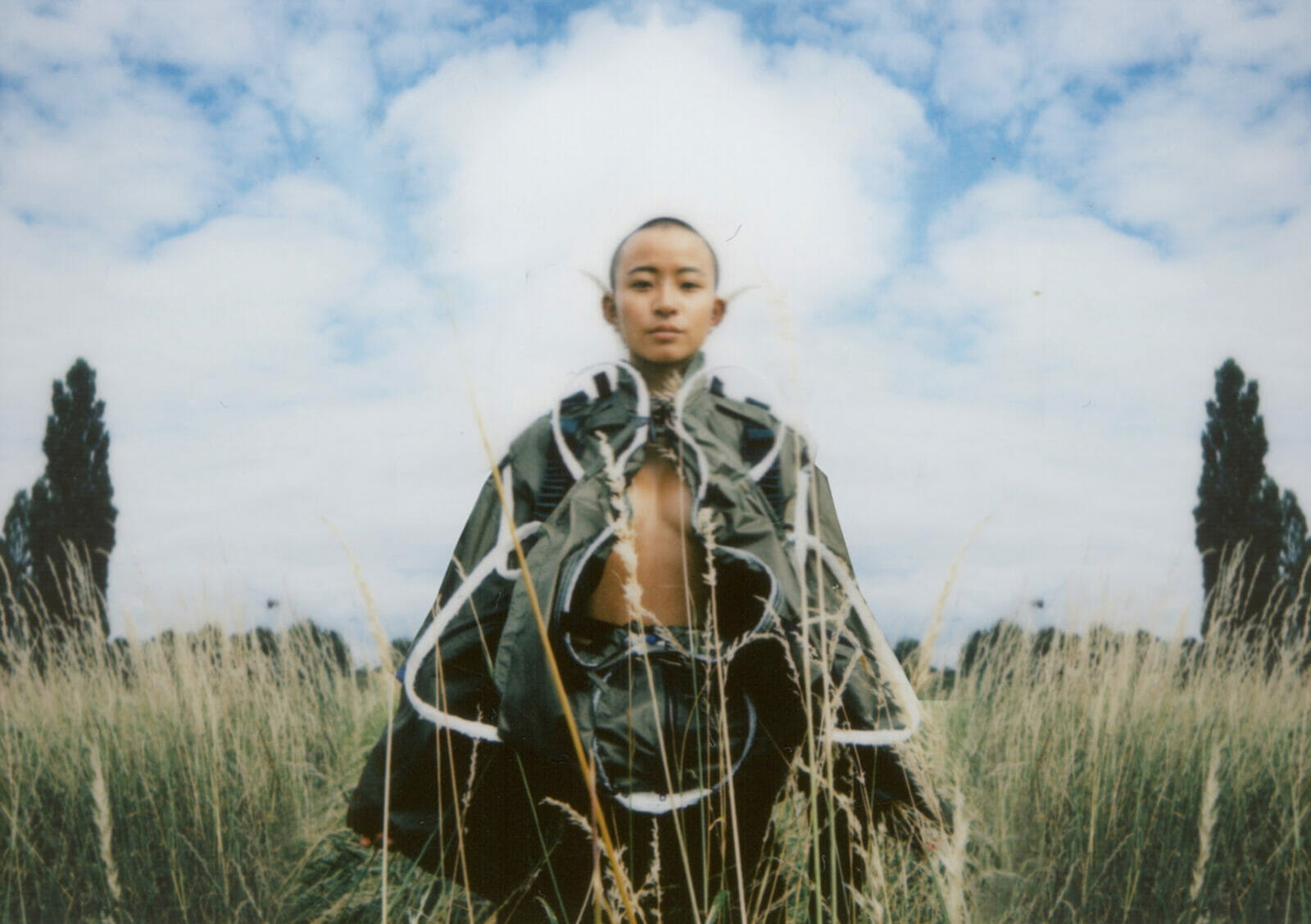
” Inspired by The Art of War by Sun Tzu and Orientalism by Edward Said, I wanted to appropriate and redesign traditional Chinese patterning styles (as a Chinese American) and re-contextualise them as army jackets.”
M-A: Your photography is brilliant. You capture every garment you create by yourself, don’t you?
T: As a designer, I find it important to capture your work, whether it’s an illustration or photography. I’m happy that I gained a strong footing in photography thanks to the fashion communication programme even though I was frustrated back then. I finally knew I wanted to create garments, but I couldn’t switch to the fashion design course. I’m thankful that CSM (Central Saint Martins) is so interdisciplinary, everyone is different and brings different things to the course.
M-A: I think Central Saint Martins appreciates something different.
T: That is definitely true. They want something unique.
M-A: Why did you choose Menswear? And with an increasing awareness about gender fluidity, do you think a separation between Menswear and Womenswear will remain?
T: I didn’t really know what Menswear was at the time of my application, but what I gathered is that Menswear is Western tailoring, Womenswear is geared more towards corsetry.
M-A: So, they are separated more by technique, not clothing that are specific to a gender.
T: Yeah, tailoring is about shaping the body within something that’s on top of the body, whereas corsetry is literally shaping the body by pushing it in, packing it in. It’s interesting to see how we define those technical ways of designing fashion as male and female when they are just two different ways of constructing the body. It’s metaphorical because women are more pushed, whereas men are more liberated.
M-A: They are reflections of societal pressure.
T: Exactly. And Womenswear and Menswear are increasingly irrelevant terms. They are less and less connected to the actual presentation in the gender of the person wearing them.
M-A: I think the designers at CSM are not being restricted by the gendered diction. I’m sure the tutors at CSM let you do corsetry even when you are in Menswear?
T: Totally. You can do whatever you want. You’ll just get trained in one more than the other.
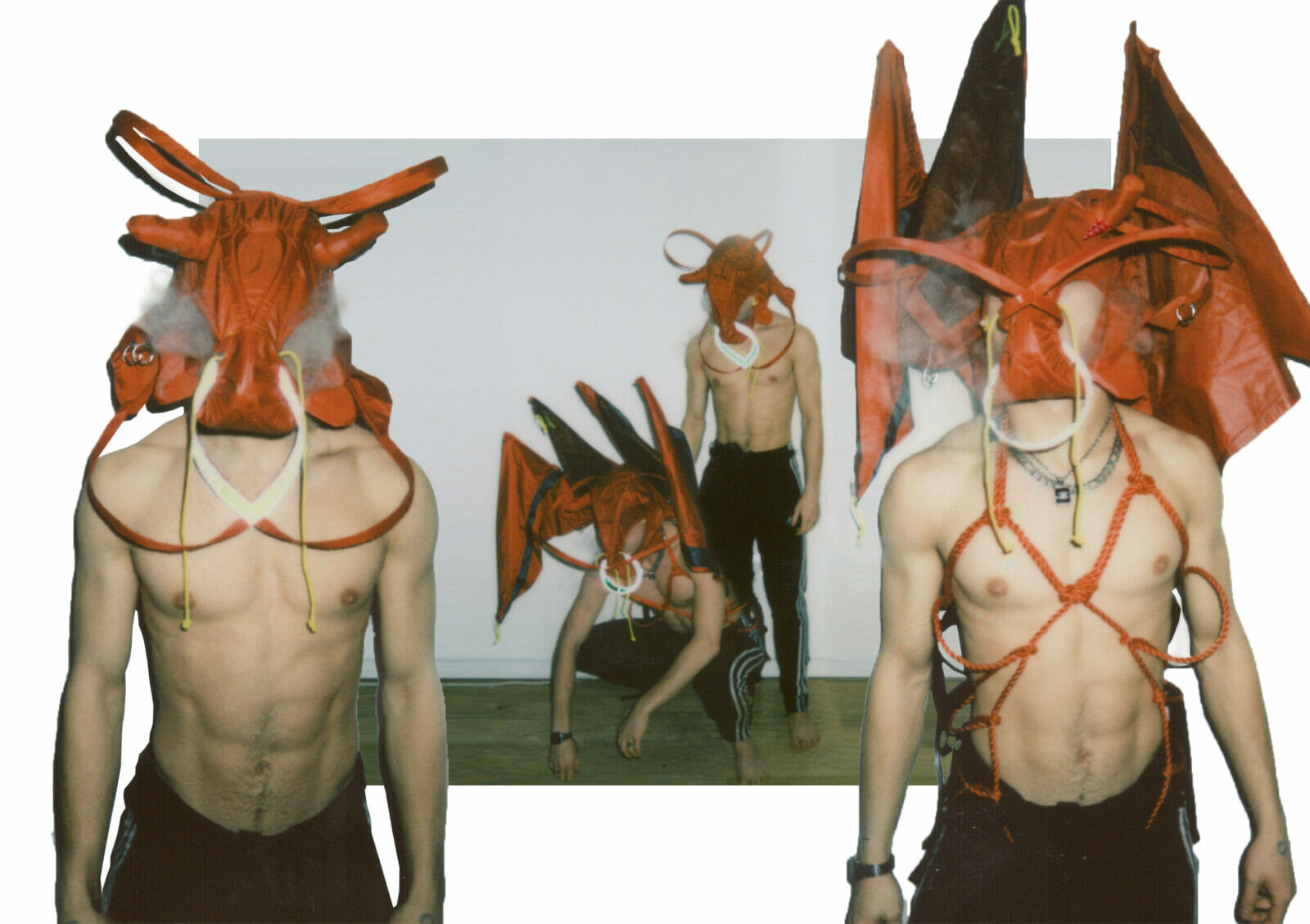
“Inspired by Zhang Xiao’s Shanxi, I designed and made twin bull spirits in the style of the Lunar New Year Deities
while questioning the ways in which traditions of fraternity and internalised homophobia empower and inhibit gay
relationships.”
M-A: Your works are heavily influenced by Asian cultures.
T: It was important for me to explore my roots. The two major facets of myself are my sexuality and my ethnicity. It’s important for me to reflect on the past, and recently, I’ve been into futurism. The only way you can look at the future is by identifying the past, as if in an equation: what numbers equals what?
M-A: That’s an insightful way to see the future.
M-A: I’ve read your notes from your projects and the concepts diverge from various source materials. What is your work process like?
T: Coming up with an idea is a magical process to me. I just love art so much. As an example, my White Show project (an all-white garments show reserved for first year fashion design students at CSM) was based on the book Silence by Shusaku Endo. I find that book beautiful and I have a great affection towards it. Working on the show, I didn’t have a concrete concept. I was mostly looking at Christian clothing and then I was slowly folding in Japanese feudalism, referencing the silhouette, the high shoulders. I really like draping, so I took some calico and tried to make something by pinning it in different ways and finding interesting shapes. I capture images of the prototype and photoshop them to find new things.
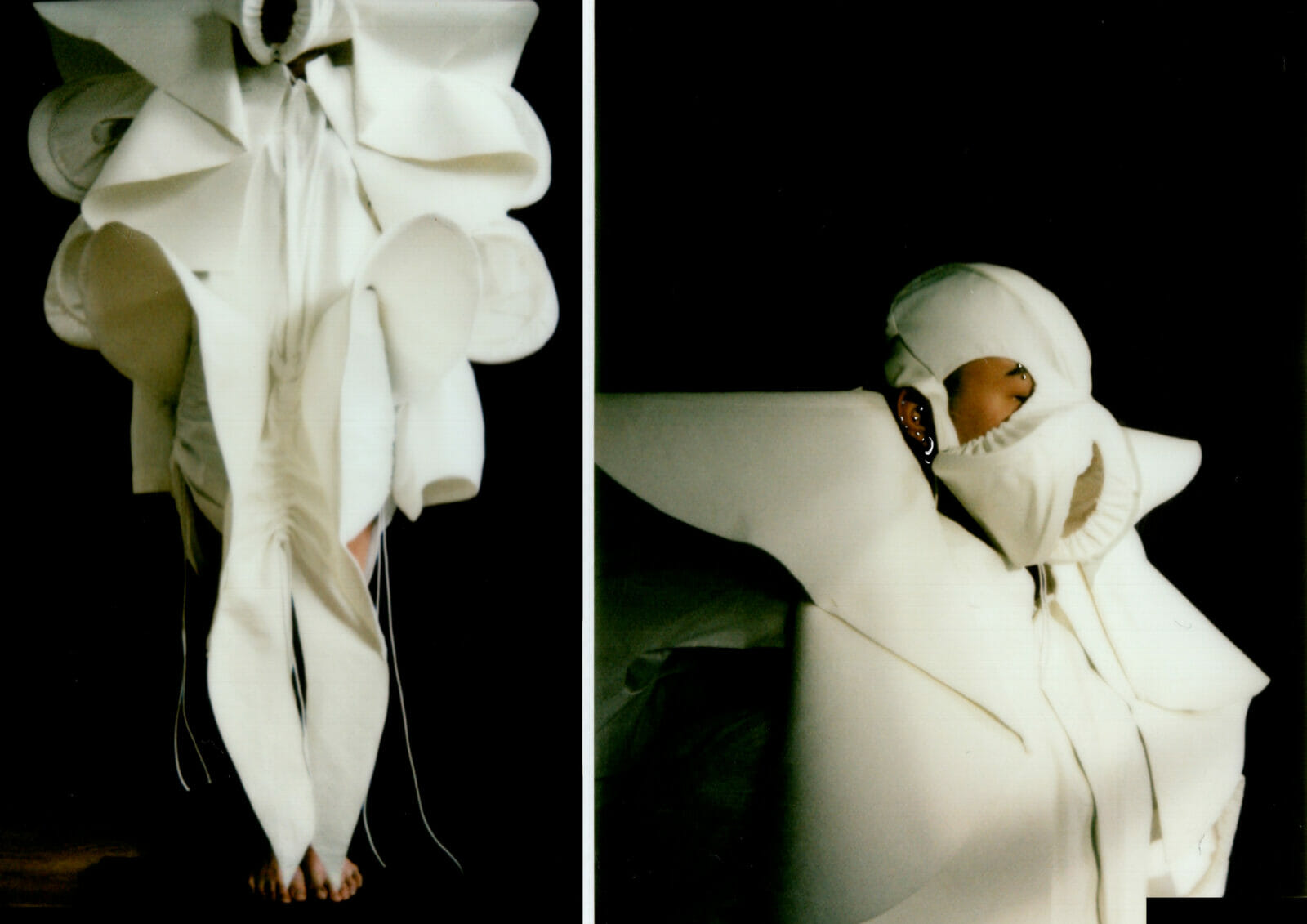
“In Silence by Shusaku Endo, the author parallels the silence from God with the foreign buzzing of Japan’s
Cicadas, overheard by Padre Rodrigues as his faith is torn apart. I wanted to capture the beauty of this moment,
illustrating literally the destruction of Rodrigues’ Christian identity, as the garment is pulled into the illusory
shapes of a cicada and the clothes of his Japanese Captors”
M-A: You photoshop? That’s such a fascinating way to develop your garment.
T: I use a lot of Photoshop. I edit digitally so that I can remake the garment again.
M-A: It’s easier to visualise, isn’t it?
T: Especially for something that’s physical. I don’t really draw unless it’s tailoring. For something conceptual, I don’t want to think of it in terms of clothes. I came up with the idea of having the religious stole pinned in a way that’s propped up, which in turn became the pointed shoulders. It was both things at once which I found beautiful. The more I did it, the more people said it looked like a bug and the latter referenced back to the cicadas from the book.

M-A: I tried to base a project around a book (Lemon by Motojiro Kajii). It was hard, the tutors did not know the book and I was drifting away from both the book and the brief. Creating within the framework of the brief was especially challenging for that project.
T: Following a brief is really difficult to me.
M-A: Same here.
M-A: In Foundation, you had a lot of works revolving around your sexual orientation. There is a real lack of conversation in Asia around mental health, sexuality or even feminism for that matter. I think it is important to have LGBTQ+ representation from an East Asian artist because it is so rare.
T: One of the most important figures in my artistic coming of age was Ren Hang. He had a big impact on my photography style. My definition of art is built by him. I want to honour his legacy. I used to be a lot more repressed about my sexuality and I never really identified with gay media. That’s why Ren Hang spoke to me so much. There is a queerness to his work that doesn’t have to be stated. Replicating that transcendental queerness or existence is important to me.
M-A: Ren Hang was the first photographer that profoundly impacted me. He showed me what you can achieve with photography and sparked my interest in that art form. I saw one of his exhibition pamphlets and thought “wow, this is so raw and poetic”.
T: Yes, him and Francis Bacon have a great importance in my art. They both capture the absurd, carnal nature of bodies: intertwined people, surreal but viscerally true.
Tenzin Sia
tenzinsia.com
プロフィール
眞弥飛鳥
ピックアップ
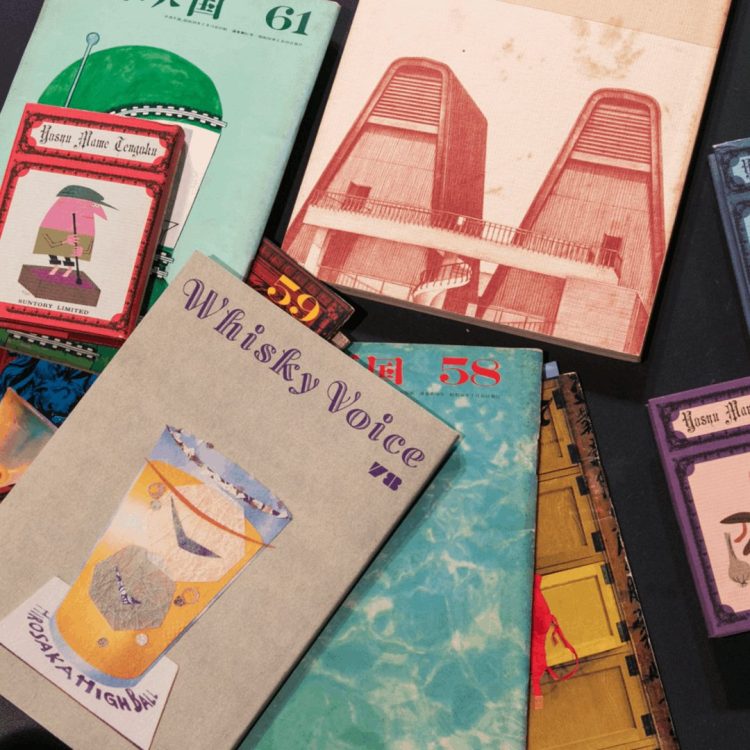
PROMOTION
「伝説の広報誌『洋酒天国』を語る夜」レポート。
NORMEL TIMES
2025年12月8日
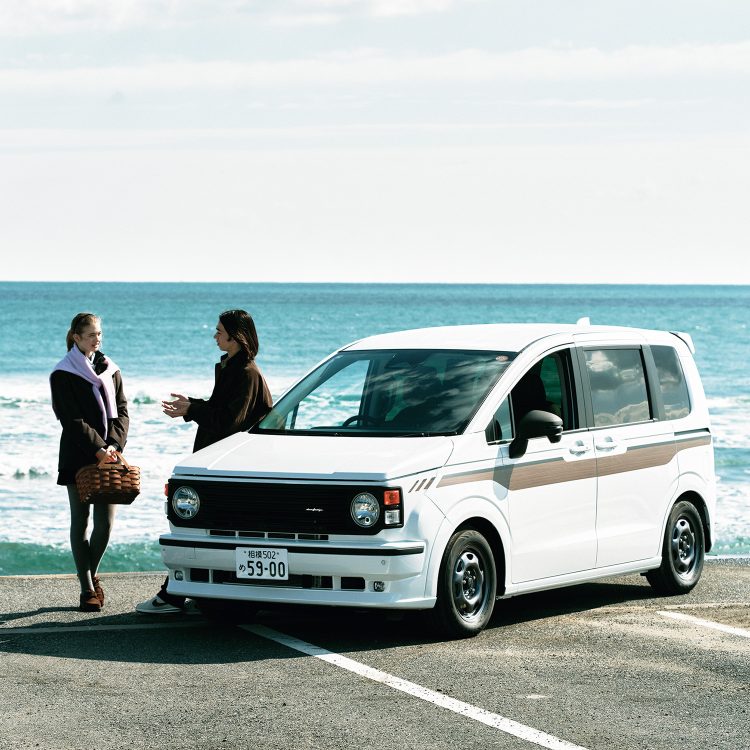
PROMOTION
〈ダムド〉のコンプリートカーで真冬の海を二人占め。
DAMD
2025年12月9日

PROMOTION
レゴ®ブロックの遊び心でホリデーシーズンを彩ろう。
レゴジャパン
2025年11月28日
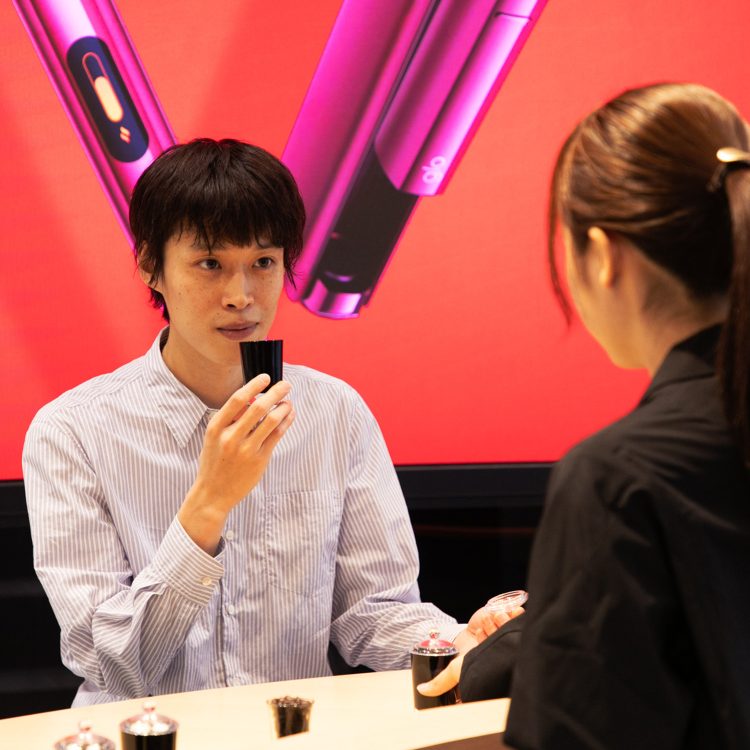
PROMOTION
〈glo™〉の旗艦店が銀座にオープン! 大人への一歩はここからはじめよう。
2025年12月4日

PROMOTION
ロンドン発 Nothing のPhone (3)は新しいスマホの最適解。
Rakuten Mobile
2025年12月1日
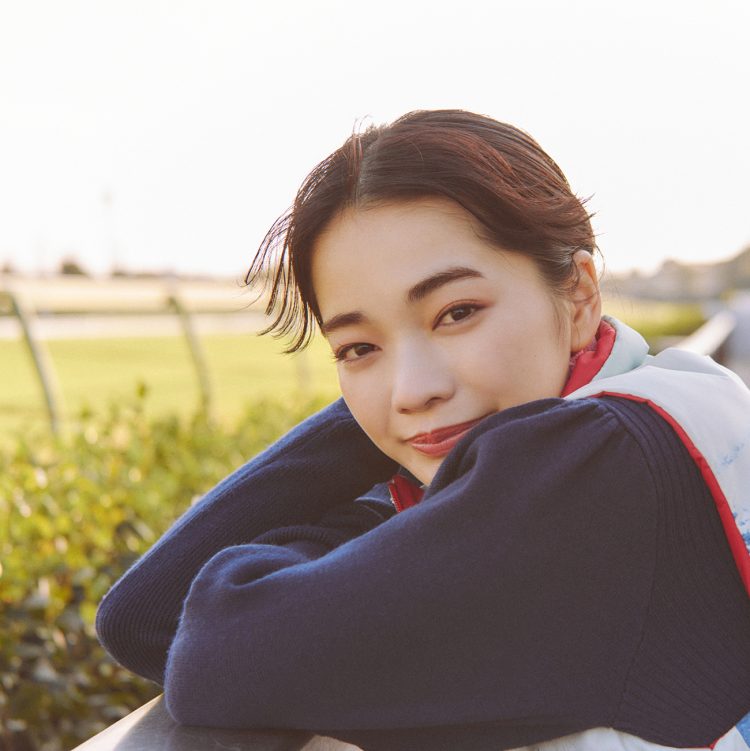
PROMOTION
見上愛さんと探す、中山競馬場の遊び方。
JRA
2025年12月18日

PROMOTION
紳士の身だしなみに、〈パナソニック〉のボディトリマーを。
Panasonic
2025年12月3日
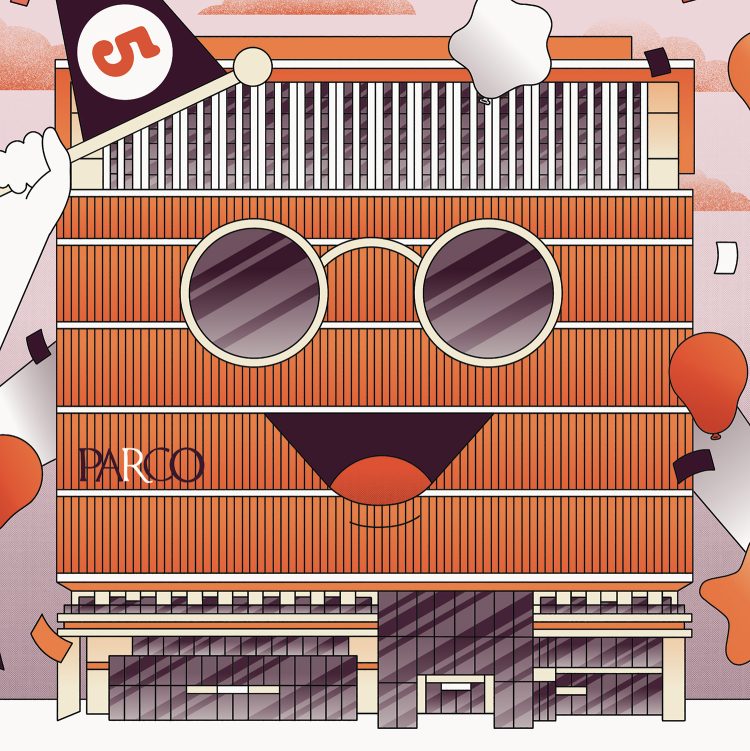
PROMOTION
11月、心斎橋パルコが5周年を迎えるってよ。
PARCO
2025年11月10日
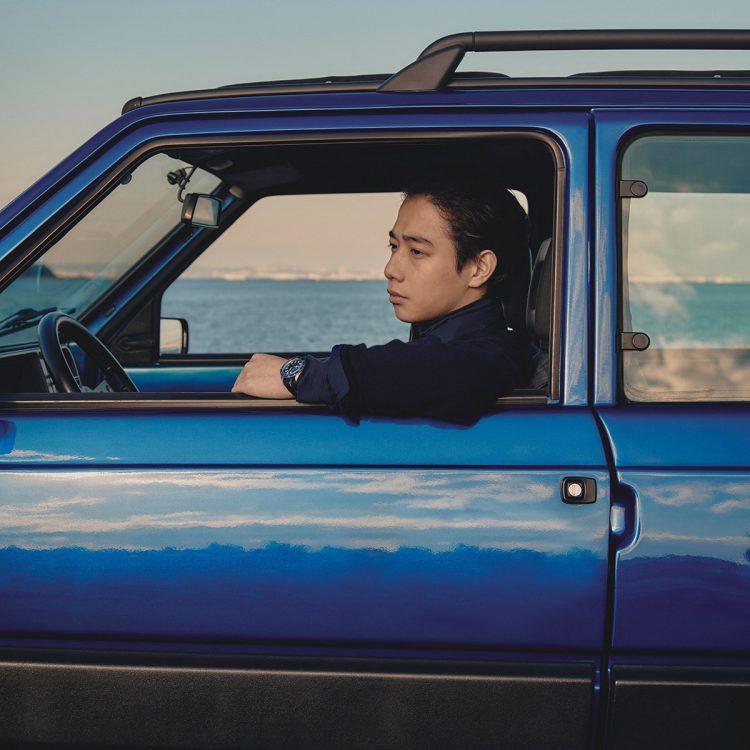
PROMOTION
〈チューダー〉の時計と、片岡千之助の静かな対話。
Finding a New Pace feat. Sennosuke Kataoka
2025年11月28日

PROMOTION
〈ガンゾ〉今年のクリスマスには財布を贈ろう。
GANZO
2025年12月9日
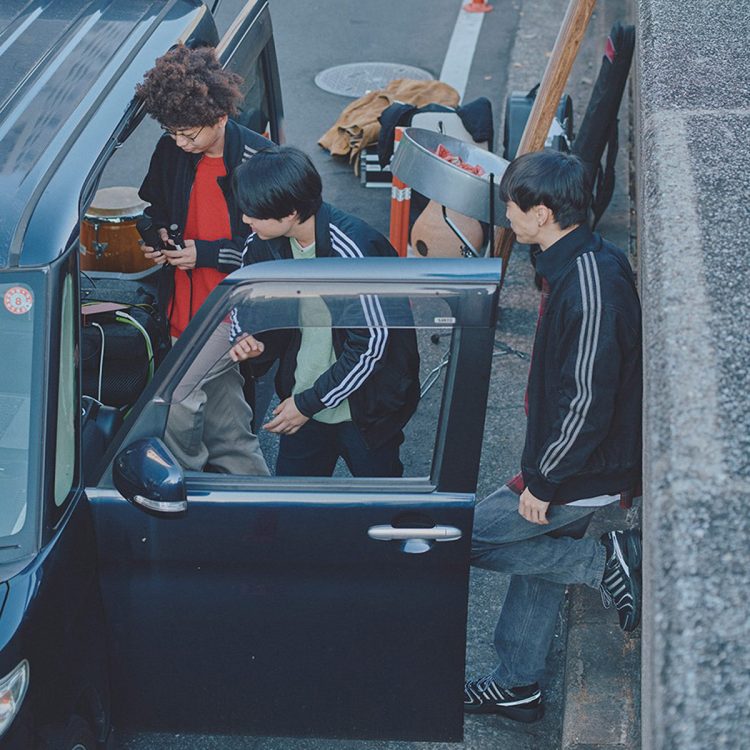
PROMOTION
〈adidas Originals〉とミュージシャンの肖像。#5
CHO CO PA CO CHO CO QUIN QUIN
2025年12月24日
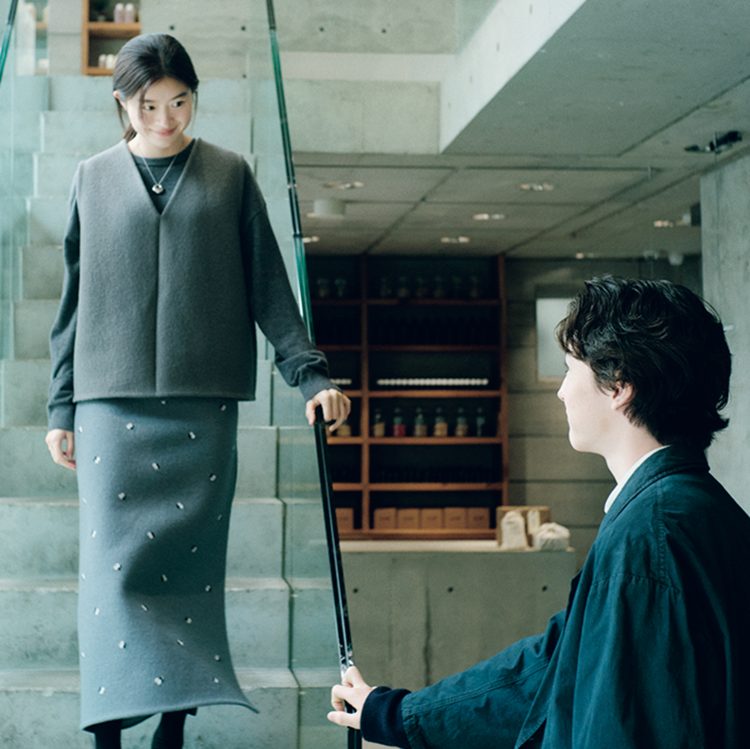
ファッション
今日は〈ル ラボ〉で待ち合わせ。
LE LABO
2025年12月9日
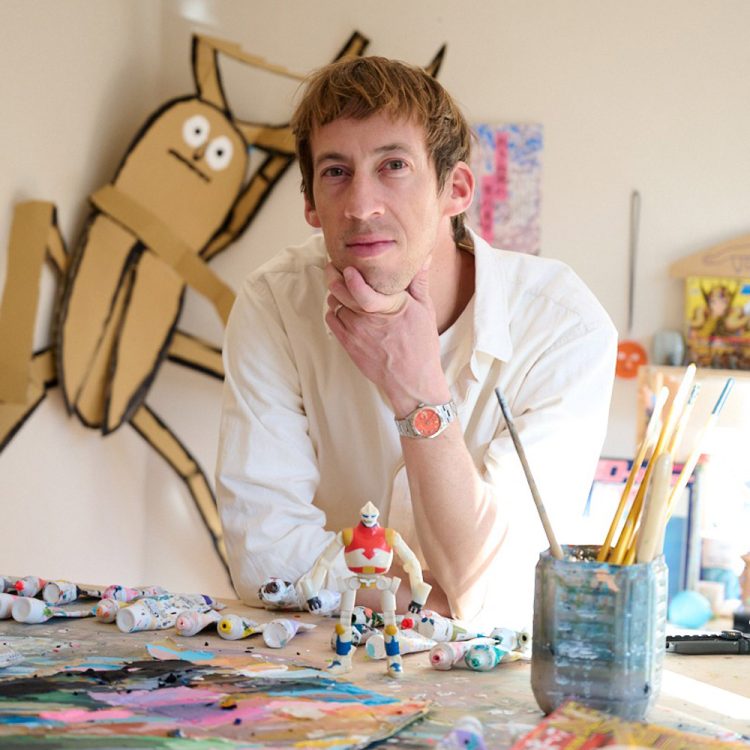
PROMOTION
「PARCO HAPPY HOLIDAYSキャンペーン」を手掛けたジャン・ジュリアンに会ってきた!
PARCO
2025年12月18日